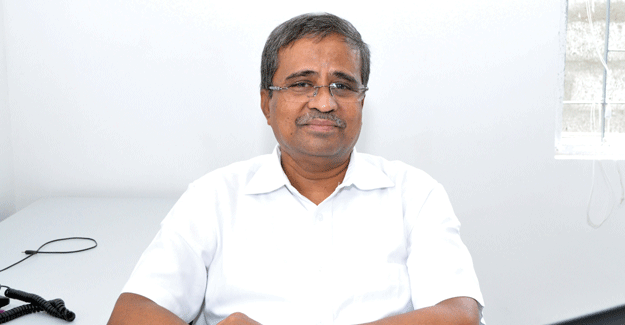South Indian Textile Mills Transforming The Roofs To Green Solar Power Source
South Indian Textile Mills Transforming The Roofs To Green Solar Power Source

Price of solar photovoltaic units and accessories have considerably come down recently and textile mills in the South India are increasingly opting for solar rooftop panels at their units. Spinning Mills in this region were also among the first movers in adopting wind energy. With reduced cost and subsidy available for solar power, increasing number of textile mills are opting for this green energy source. As many as 50 spinning mills are planning to install solar rooftop panels, which would have the capacity to generate 1-mw of power in each of their units. These mills would be investing about Rs. 275 crore cumulatively for their solar rooftop projects. In fact, five mills have already installed solar rooftop panels in their units. The mills are perfectly utilizing the price drop situation, earlier it used to cost Rs. 7-8 crore for installing solar rooftop panels with 1-mw capacity, and this can be done now for Rs. 5.5 crore.
Interest costs for such projects are also lower as they come under priority sector lending. But the project has to be below Rs. 15 crore to avail the benefits. The Mills can easily install up to 2.5 MW at lower interest rates. Solar rooftop panels with 1MW capacity can generate 5300-5500 units of power per day and mills can recover their investment cost in about five years. Spinning mills, unlike other industries, cover an extensive area and have large roof which can accommodate solar panels. Power contributes about 20% of the cost of production at spinning mills and therefore, most mills are planning to use solar power for their captive use. Mills would take the power directly and would not feed into the grid. The average life-time of solar panels is about 20 years; mills would be able to get power without incurring any significant additional costs for at least 12 years at one go.



 textileexcellence
textileexcellence 







